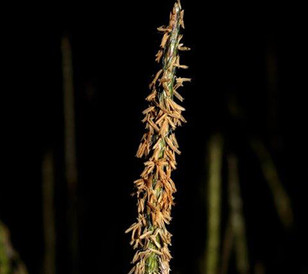
Clever planning needed as resistance grows and armoury dwindles

The main cost to agriculture is seen in yield losses which, in winter wheat, can be as much as 25% where blackgrass populations have not responded to chemical control. Likewise, poorer control of fungal pathogens, such as Septoria tritici, can increase yield losses. For example, in the UK up to 20% yield losses are typical in untreated crops with Septoria, although this can increase to 30-50% in untreated susceptible varieties in epidemic years. Therefore, maintaining effective control is vital. But the battle against pesticide resistance is a complex struggle with nature as mutations in the genetic structure of the weed or fungal pathogen continually develop to counter the action of the applied pesticide.
The problem has been made worse by a number of factors. Some of these have been beyond the farmer’s control such as warmer, wetter weather patterns that provide ideal conditions for fungal pathogens or ever-tightening legislation on active ingredients. Policy makers have reduced the number of active ingredients available in the growers’ arsenal and ended the practice of stubble burning which was a major benefit for reducing weed seed banks and breaking fungal cycles.
However, other factors have been within the grower’s control. The trend of growing more wheat in shorter rotations and earlier drilling dates does not allow a sufficient break from the crop, giving weeds and disease a foothold. The improper use of pesticide is also to blame. The over-reliance on certain crop protection chemistry, often used in isolation, has created an ideal situation for resistant pathogens to predominate. These combined factors mean the situation is now uncertain. With no new chemistry on the horizon and the likelihood of further legislation in the future, growers must make greater effort to use the dwindling armoury of pesticides in a more responsible way. For example, the use of more carefully selected tank mixes and targeted spray programmes, allied with cultivation controls, must be adopted to preserve the use of crop protection products. If not the rise of resistance may make certain crops uneconomic.
We have produced this invaluable guide which gives an insight into the growing problem of resistance to active ingredients – download now.
ADAMA resistance management
Blackgrass ear flowering
Septoria tritici on leaf one, the flag leaf of winter wheat
